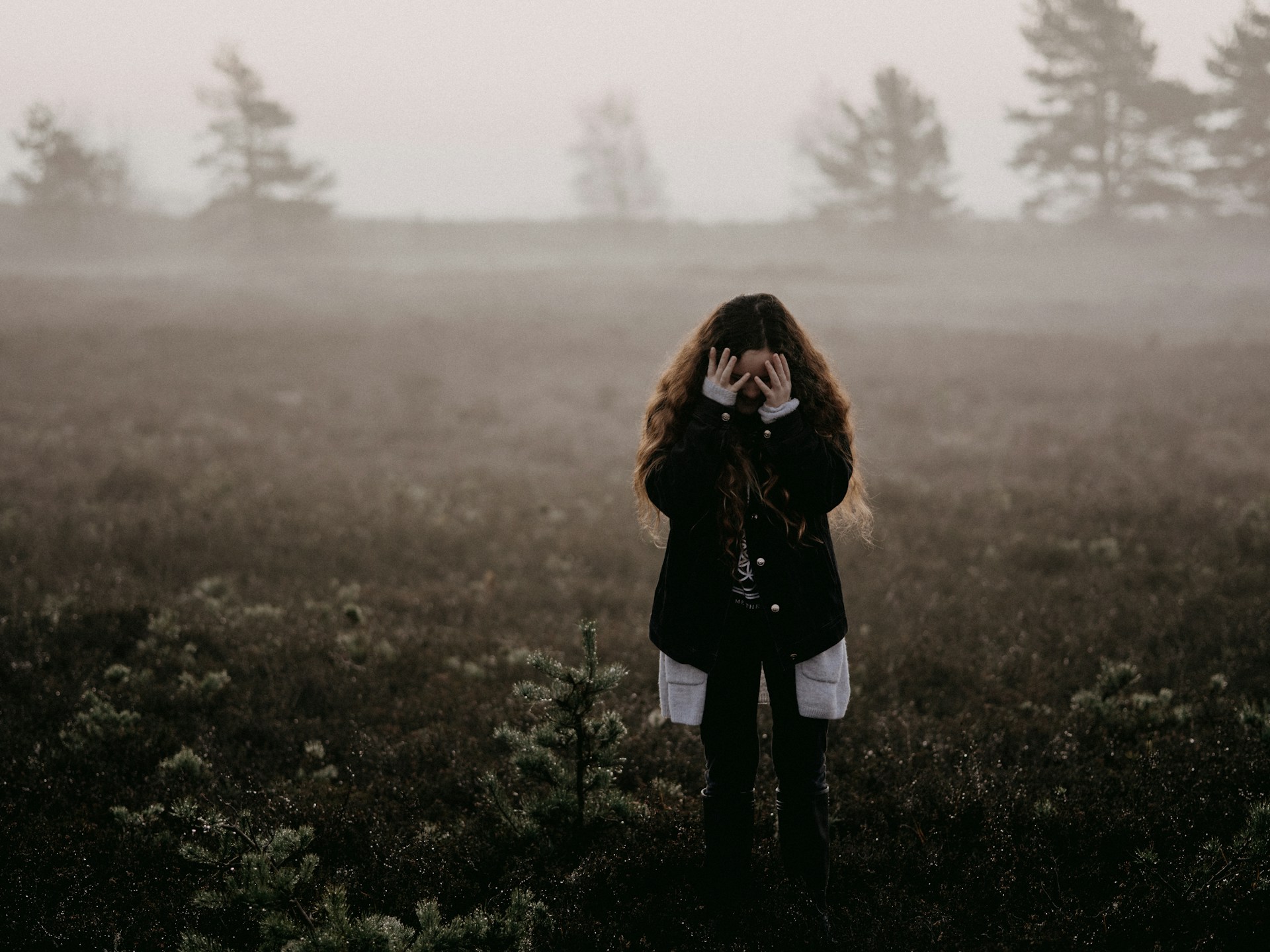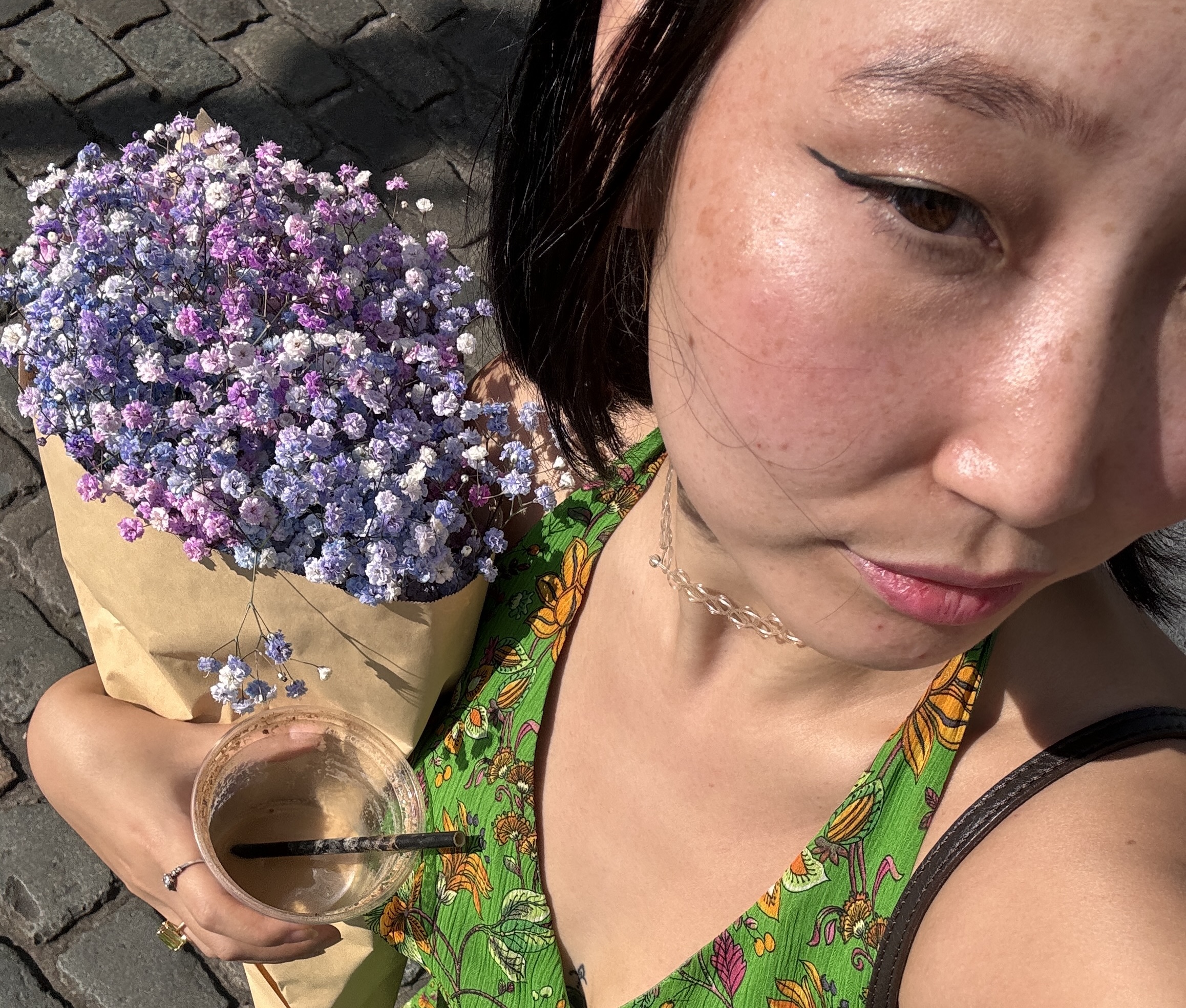Ever noticed how a grisly car accident makes traffic slow to a crawl not just because of lane closures, but because everyone has to take a peek? Or why movies like “Psycho” and “The Silence of the Lambs” are classics that still send shivers down our spines?
It’s called morbid curiosity, and it’s not just a fringe interest held by a few. This fascinating psychological phenomenon pulls many of us toward the darker aspects of life, compelling us to explore what we fear or don’t understand.
What is Morbid Curiosity?
Morbid curiosity isn’t as morbid as it sounds. It’s a psychological phenomenon where people are drawn to situations involving danger, death, or disturbing details. Think of it as the mental itch you can’t help but scratch. For example, I often binge watch series about infamous serial killers, not because I admire them, but because I was intrigued by the mind’s darkest corners.
It turns out, this curiosity might be a built-in survival mechanism. Our ancestors benefited from knowing about potential dangers, as this knowledge helped them stay alive. Today, learning about risks through stories or shows can trigger similar, albeit less life-threatening, benefits.
The Thrill of the Dark
Why do we get a thrill from scary movies or haunting tales? It’s all about the brain’s reward system. Engaging with morbid content releases dopamine, a neurotransmitter that makes us feel a sort of ‘high’. This is similar to the feeling you get when you’re first in line for a rollercoaster—anticipation mixed with a bit of dread.
Studies have shown that this isn’t just a niche interest; it’s a common thread across various cultures and demographics. It’s pretty normal to find the shadowy parts of life captivating, even if we don’t always admit it.
Historical Perspectives on Morbid Curiosity
Throughout history, every culture has had its way of coping with and understanding death. From the Egyptian Book of the Dead to the Mexican Day of the Dead, societies have often ritualized death in ways that mix reverence with a touch of morbidity. These traditions and rituals provide insights into how our ancestors dealt with the inevitable, often turning the act of mourning into an art form or celebration. I’ve always found it fascinating how these rituals not only accept death but also demystify it, helping people to cope with their fears.
Let’s talk about the gruesome spectacles of the past. Public executions and gladiator games were not just about capital punishment or entertainment. They were also educational and cautionary tales for the masses. People learned the consequences of crimes or the virtues of bravery. In medieval times, townsfolk would gather to witness executions as a form of moral instruction. Though it sounds harsh to our modern ears, there’s a direct line from these gatherings to today’s true crime documentaries. Both offer more than just shock value—they provide a narrative on human behavior and societal norms.
Morbid Curiosity in Media and Entertainment
Horror films and crime documentaries allow us to experience fear in a controlled environment, where we can explore our anxieties safely. This genre provides a way to face the unknown and test our limits without real-world consequences.
For instance, while watching a horror movie, you might find yourself scared but also oddly exhilarated. This is because these films tap into our primal fears while ensuring we’re at a safe distance. It’s a psychological rollercoaster—from the safety of our couches.
The media doesn’t just reflect our interests—it amplifies them. Sensational news coverage and crime stories feed into our curiosity, often turning tragic events into must-see TV. But there’s more to it than just ratings.
These stories can spark important conversations about societal issues and human psychology. They challenge us to think critically about what we fear and why. It’s fascinating how the stories that captivate us the most are often the ones that allow us to explore the depths of human nature and the complexities of society.
The Social Implications of Morbid Curiosity
While it’s natural to be curious about unusual or tragic events, there’s a fine line between curiosity and insensitivity. As someone who writes about these topics, I constantly balance my intrigue with empathy for those affected by real-life horrors. It’s important to approach such subjects with respect and thoughtfulness, understanding that these are real events with real impact on people’s lives. This balance can help foster a community that is both informed and compassionate.
Morbid curiosity has a paradoxical effect on our wellbeing. On one hand, it can increase anxiety or fear; on the other, it can make us more resilient, or even provide a safe space to explore complex emotions. This dichotomy shows that how we engage with morbid content is key. Consuming it in moderation and using it as a means to educate ourselves about safety, mental health, and societal issues can actually enhance our understanding of the world.
Navigating Our Dark Fascinations
It’s crucial to recognize why we’re drawn to the darker aspects of life and to manage how we engage with them. For instance, if you find yourself overly absorbed by dark content, it might be time to step back and reflect on what’s driving that interest. Is it curiosity, fear, or something else? Understanding these motivations can help manage how they impact our lives.
Morbid curiosity isn’t all doom and gloom. It can be a powerful tool for personal and educational growth. By exploring these dark topics, we can learn a lot about history, psychology, and sociology. For example, learning about historical plagues can teach us about resilience and innovation in times of crisis. This knowledge not only satisfies our curiosity but also enriches our understanding of how society evolves.
From the thrill of horror films to the lessons of historical spectacles, morbid curiosity serves many purposes. It’s a part of human nature that can lead to deeper self-awareness and societal understanding if approached with sensitivity and thoughtfulness.















